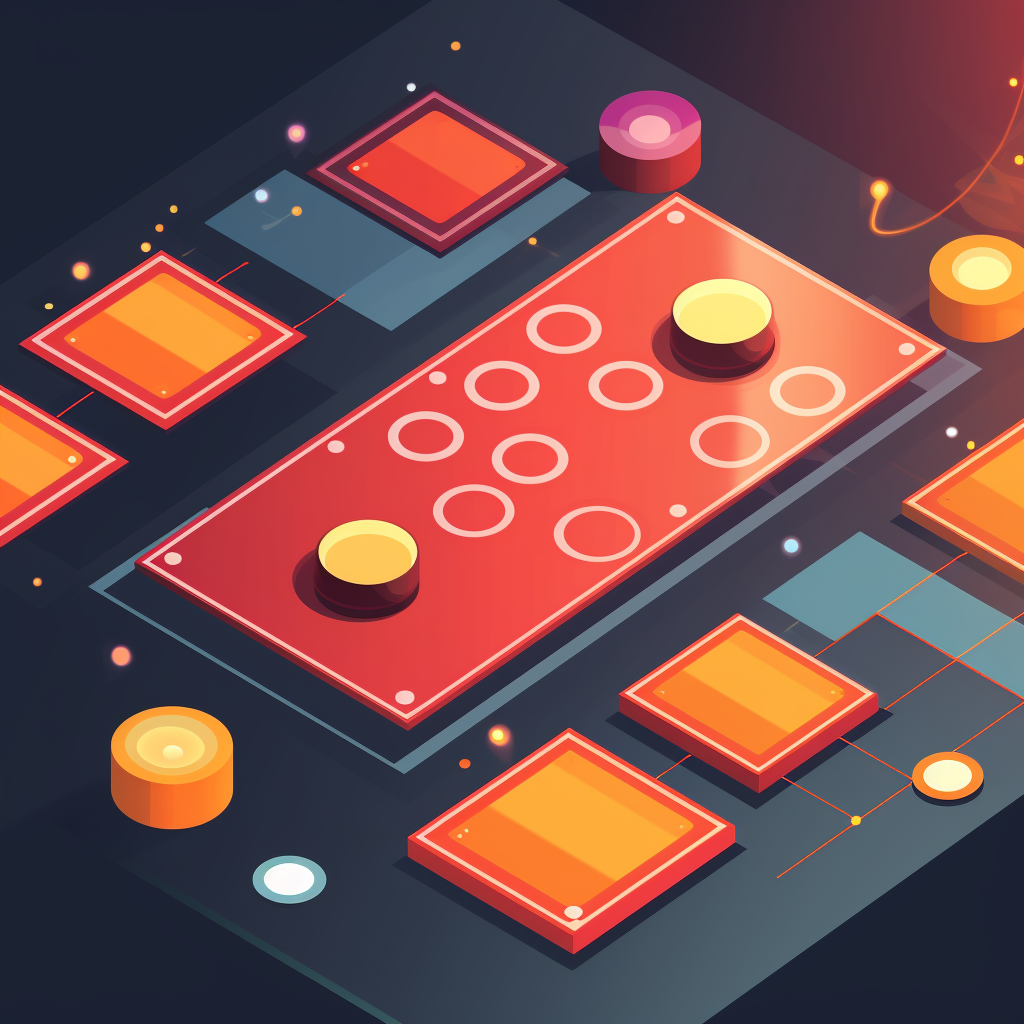Are you wondering how to build a classic game like Pong with Python? This step-by-step guide will walk you through the process of developing a functional version of Pong from scratch. You’ll gain insight into the important foundations and concepts necessary for successfully creating your own digital games. Whether you’re an experienced game designer or just starting out in the field, this post will provide accessible information on transforming basic programming logic into something more engaging and interactive. So pack up your coding skills, prepare yourself for some challenges, and let’s dive right in!
Introducing Pong and its importance as a game
Pong, the classic video game, was introduced in the 1970s and has remained popular ever since. It’s a simple game where players use paddles to hit a ball back and forth, but it remains incredibly entertaining. The game’s importance lies in its role as a pioneer of video games and the influence it had on the industry that followed. Pong’s popularity helped to establish video games as a viable and profitable form of entertainment, paving the way for the gaming industry we know today. Its concepts and gameplay mechanics have inspired countless other games, and its legacy has made a permanent mark on our culture.
Overview of the basic components needed to build a Pong Game in Python
To build the iconic game of Pong, there are several basic components that are essential for its creation. First, a platform must be chosen, such as a computer or gaming console, that is capable of running the game. Next, a programming language must be selected, and basic coding skills will be needed to write the game’s code. Additionally, graphics and sounds must be created and implemented to add to the overall gameplay experience. Finally, testing and debugging the game will be necessary to ensure its smooth functionality. By gathering these essential components, individuals can create a classic game that has stood the test of time and remains a beloved favorite among gamers worldwide.
Setting up the environment for development
Setting up the environment for development is a crucial step in any software development project. The right combination of tools and technologies can make the development process smoother and more efficient. There are several factors to consider when setting up a development environment, including the programming language, database management system, and frameworks. It is important to choose the tools that best fit the project’s requirements and the team’s skills. Additionally, documentation and version control must also be set up to ensure that the project runs smoothly. By investing time and effort in setting up the environment for development, developers can avoid common pitfalls and ensure high-quality code.

Explaining the code structure and writing the game logic
Understanding the underlying code structure of a video game can seem like a daunting task, but it is essential to writing effective game logic. A well-designed code structure can help make your game more scalable, modular, and easier to maintain. It also allows you to implement game features efficiently, minimizing the risk of bugs and glitches. When you start writing the game logic, it’s crucial to break it down into smaller, manageable components. Consider how different game elements interact and how they affect gameplay. All these factors require careful consideration and coding skills. By taking the time to understand the game’s code structure and writing clear, well-organized game logic, you can create a smoother, more enjoyable gaming experience for your players.
Creating the sprites, backgrounds, and colors for the game
Creating engaging graphics for a game is every game developer’s dream. And it all starts with creating sprites, backgrounds, and colors that will capture a player’s attention. To make this happen, game developers need to have a keen eye for detail to ensure that the visuals align with the overall theme of the game. They also need to be creative in designing graphics that will make the game stand out. As for the colors, game developers need to choose wisely since colors have a psychological impact on the player’s mood. In short, creating the sprites, backgrounds, and colors for the game is a meticulous and artistic process that requires both technical and creative skills.
Adding sound effects to make it more engaging
Sound effects can make all the difference when it comes to capturing and keeping an audience’s attention. Whether it’s for a video game, a movie, or just a presentation, sound effects can add depth and emotion to your content. For example, the sound of a bird chirping in the background can create a tranquil atmosphere, while a sudden crash can evoke a sense of danger or surprise. Taking the time to add sound effects can elevate your content and make it stand out from the crowd. So, next time you’re creating something, consider the power of sound effects and how they can help bring your ideas to life.
All in all, creating Pong was a great learning experience. Not only did it help us gain a better understanding of game development theory, but it also introduced us to some of the most important concepts regarding game design. From understanding code creation and structure to recognizing sprites, colors, and sound effects— we’ve come full circle! On top of all that, this project has provided us with the confidence to move forward and tackle larger projects in the future. Having an understanding of the fundamentals of Pong helps develop a foundation for greater creativity in game design later down the line. We can now take the knowledge we’ve gathered over this journey to create something bigger and better than ever before!




